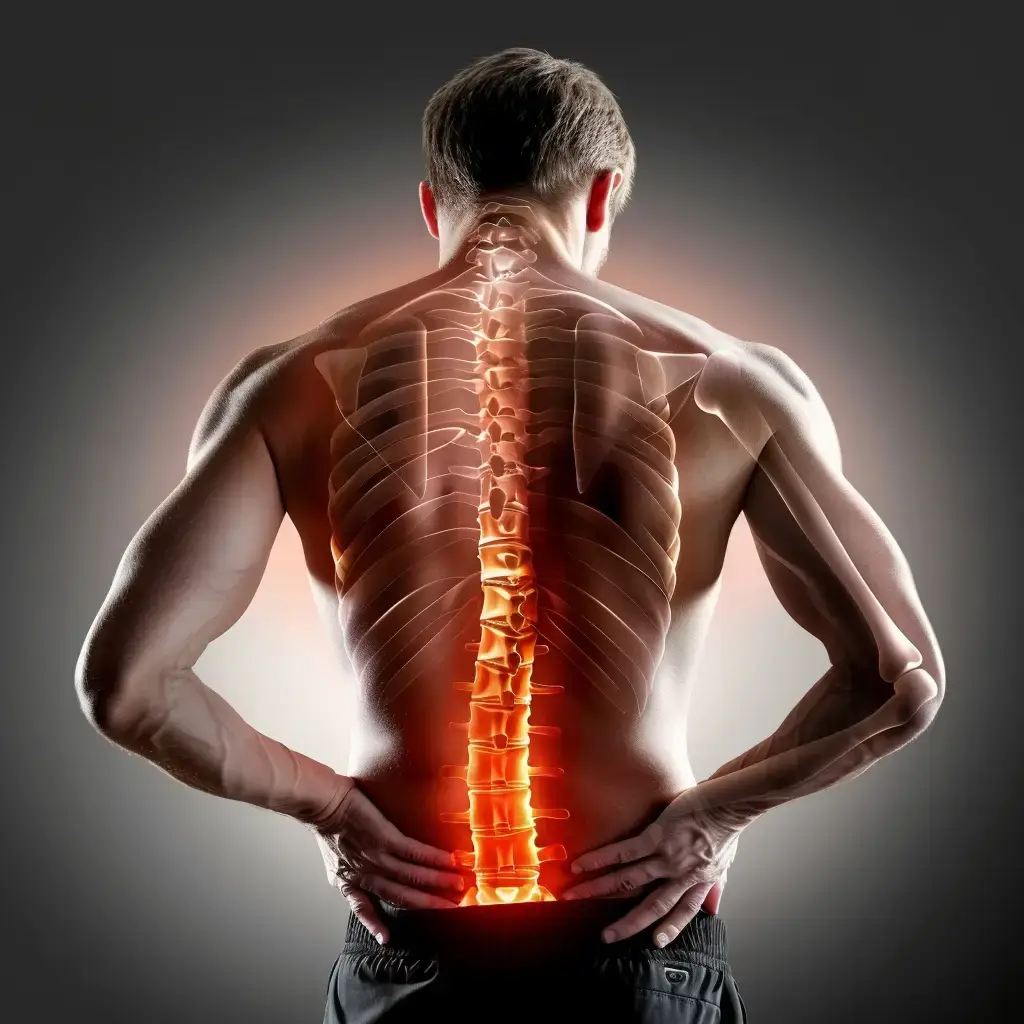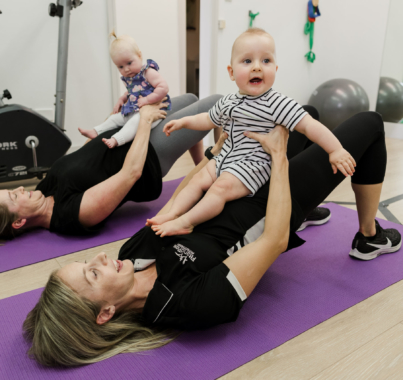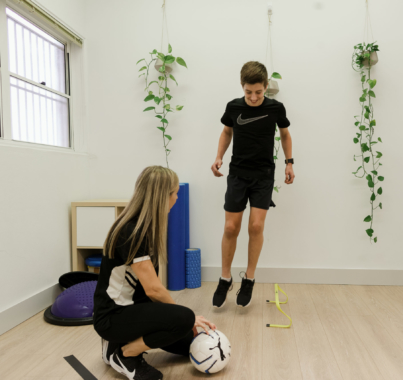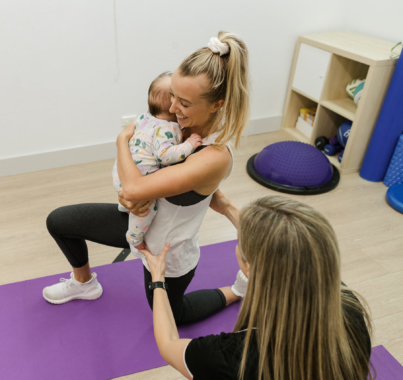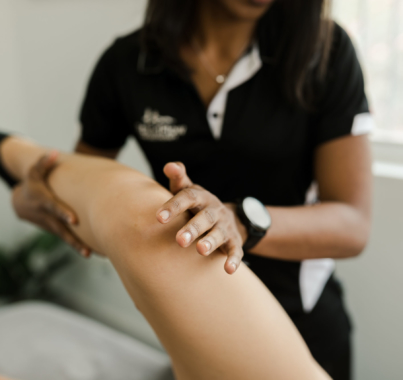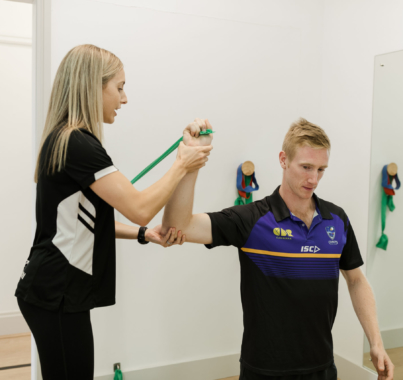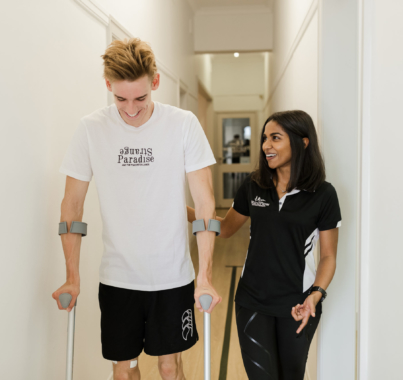Hurting your back can be scary, but most lower back injuries are treated similarly to other injuries, with the potential for a full recovery and a return to your usual activities.
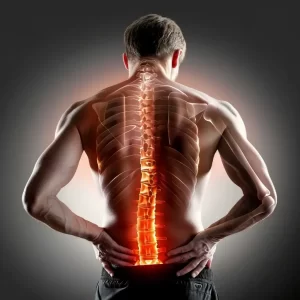
Anatomy
Your spine is divided into four sections: the cervical spine, which forms your neck; the thoracic spine, which makes up your upper back; the lumbar spine, which is your lower back; and the sacrum, the lowest part of your spine, also known as your tailbone. When we talk about lower back pain, we generally mean injuries affecting the lumbar spine from the upper segment (L1) to the lowest segment (L5), and occasionally involving the upper segment of the sacrum (S1).
Your spine consists of bones called vertebrae, which are linked by joints and ligaments. Between each vertebra are intervertebral discs that help absorb shock and enable movement. In front of these discs is the spinal cord, through which nerves travel from each spinal level to different parts of the lower body, extending all the way down to the feet.
These nerves innervate the muscles and skin of the lower body, providing movement and sensation.
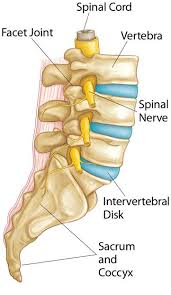
Injury
The structures of the spine are similar to structures elsewhere in the body (bones, joints, ligaments and nerves) therefore we manage them in much the same way.
However, with lower back pain, the proximity of the spinal cord and nerves which control movement and sensation, can lead to additional symptoms such as pins and needles, numbness, or weakness in the hips, legs, and feet.
Inflammation or nerve compression in this area may contribute to these symptoms. As physiotherapists, we use specialised assessments to identify the specific location and cause of your symptoms, enabling us to target and treat the root of your lower back pain effectively.
Will I need Surgery?
90% of back pain cases do not end up needing surgery, and in fact most cases of lower back pain don’t even require imaging (XRays or MRI’s).
Imaging is required if symptoms indicate a more serious pathology, which will be indicated when seeing your Physio or Dr.
For most cases though, a physical assessment will tend to reveal enough information to treat the cause of pain and resolve symptoms.
Imaging may pick up on some abnormalities within the spine, but these are not necessarily the cause of pain. Similar to scars on your skin, they are present, and an indication of use, but do not cause pain or affect the function of your skin.
For that reason, clinicians tend to steer away from imaging in the early stages and focus on improving function and movement quality.
Surgery is a last resort option if all other conservative forms of management fail, and if there is indication of a structural cause for the pain.
Recovery
If all red flags (serious conditions) have been ruled out after assessment, lower back pain is treated much like any other injury in your body
Phase 1: Rest and recover
Modification to daily tasks allows your back pain to settle, and supports healing. These changes will be dependent on the type of injury, and the tasks that are required of the individual. This is why assessment is so important in the early stages. The quicker we can identify the triggers for pain, the quicker we can assist in healing.
Although we encourage relative rest, it is still important to maintain as much movement as possible without aggravating the injury. There are usually some gentle stretches and movements that can assist in range of motion as well as support the healing process.
Phase 2: Load and strengthen
When the initial inflammation and pain starts to settle, we will start to load your spine to restore strength and to ensure you can not only return to your former activity, but do it in a way that will reduce your risk of re-injuring. It is within this phase that we identify range of motion, strength or movement pattern issues that may have contributed to your initial injury, and we focus on improving these and developing better ways to move to protect your back.
Phase 3: Integration back into previous activityYour rehab exercises will start to mimic movement patterns you require during the day, whether that be specific to your job, your sport or daily activity, we start to increase your daily loads and encourage returning to your former activities.
There will always be ongoing maintenance exercises necessary to remain injury-free.

Future prognosis
Like any other injury, the presence of previous injury, increases your likelihood or re-injury. Recurrence of lower back within the first year of injury can range from 15% – 85%. Often the cause for the higher incidence in re-injury is failing to identify the cause of the injury and addressing it correctly, or failing to complete or carry on with a rehabilitation program.
For this reason it’s important to get a thorough assessment and follow through with a rehab plan completely.


